
Pregnancy massage is becoming increasingly popular among the expecting women. This type of massage is a bit different from the classic massage, as it focuses on women’s special needs during the pregnancy offering many health benefits. Massage therapists focused on giving pregnancy massage should develop special skills to alleviate women’s pain and distress and understand all of the different stages of pregnancy. The most important thing is to keep the mother and her baby safe during the massage. The pregnancy massage is certainly a promising new option for massage therapists that require a lot of dedication while being equally rewarding, since many women are ready to pay more for the professional pregnancy massage treatment.
Benefits of pregnancy massage
Pregnancy massage is an overall pleasant experience that is shown to reduce anxiety, alleviate the warning signs of depression, reduce the muscle and joint pains, improve labor outcomes and the baby’s health. Most commonly used massage treatment for pregnant women is the Swedish massage, or the classic massage, since it addresses many unpleasant symptoms associated with pregnancy and hormonal changes.
Massage therapy can boost the levels of dopamine and serotonin, if practiced two times per week, for only five weeks. Low levels of these chemicals are associated with depression and may affect the child’s weight negatively.
Pregnancy massage can also reduce the swelling of the joints in pregnancy, which commonly occurs because of the reduced circulation and increased pressure on the major blood vessels.
Massage can also reduce the sciatic nerve pain, which usually spreads to the muscles of the upper and lower leg. The massage relieves the tension of the nearby muscles and reduces back pain and general muscle tension. Pregnancy massage will also improve oxygen supply to the tissues, increase the blood circulation, relieve headaches, reduce the stress and anxiety and induce beneficial healthy sleep.
Precautions for pregnancy massage
Therapist should pay a lot of attention to certain risks of prenatal massage. The most important thing to consider is the body position. A pregnant woman will be safe in the side-laying position. Tables that provide a hole may not be a good solution, since the abdominal pressure can cause a lot of distress.
Moreover, during the massage, therapist should pay a lot of attention to the pressure points on the ankles and wrists that can lightly stimulate the pelvic muscles, as well as the uterus. Massage therapist should avoid pressure to these areas while giving a massage to a pregnant woman. Women who have experienced pre-term contractions or Braxton-Hicks contractions are typically not eligible for pregnancy massage.



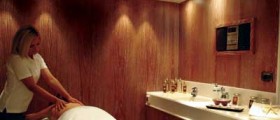


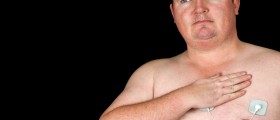



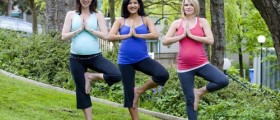
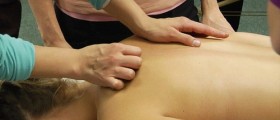

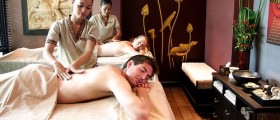

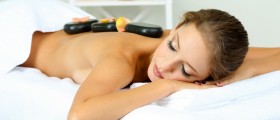

Your thoughts on this
Loading...